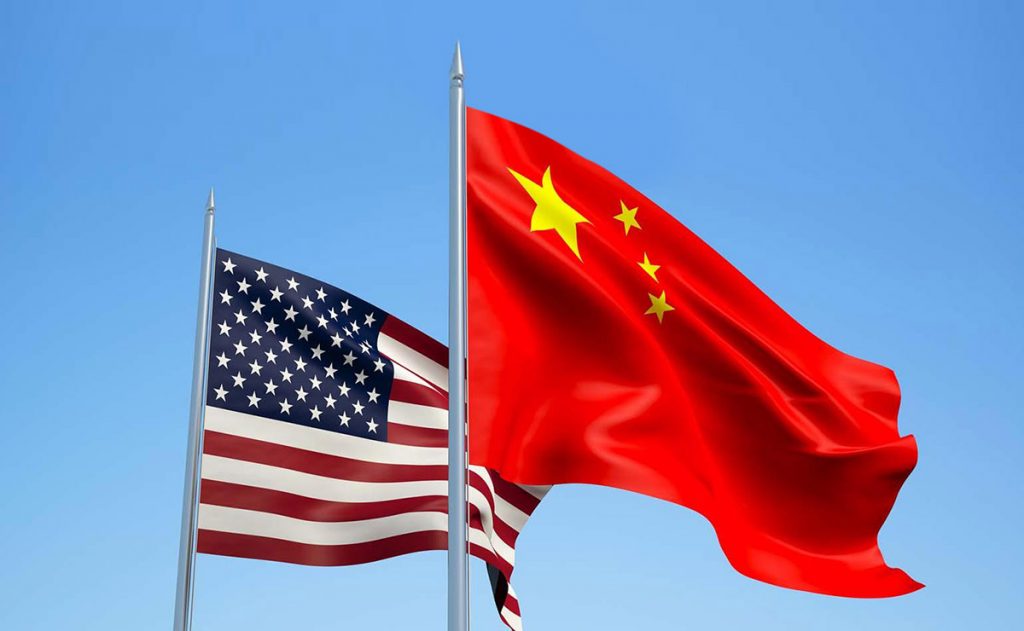
The world is headed for two power centres — led by the US and China. But despite the latter’s rise, on all metrics, the US is far ahead at the moment.
Author
Mohan Kumar, Dean of the Office of International Affairs & Global Initiatives, O. P. Jindal Global University, Sonipat, Haryana, India
Summary
For both academics and foreign policy experts, the world order has always presented a definitional challenge. Thus, the period when there was a tussle between the United States (US) and the erstwhile Soviet Union was referred to as the Cold War.
When the Soviet Union disintegrated in 1989, the era of unrivalled supremacy of the US began. This period, which lasted till 2008-2009, was rightly called the unipolar moment. The years that followed 2009, coinciding with the rapid rise of China, was initially characterised as a G2 system with the US and that country expected to significantly shape the world order. This did not last long, with serious friction developing between the US and China. This led to analysts describing the situation as a messy “multipolar world order” in full-fledged transition.
While it is clear now that the unipolar moment has definitely ended, and that the G2 system did not last long enough to have any meaningful impact, it seems as though we may be heading towards a binary world order. This binary world order has two power centres: One led by the US, and the other led by China. The impending binary world order will succeed in splintering the strategic landscape and, for that reason, could be intrinsically unstable. This instability may be expected to continue until there is some sort of equilibrium based on the balance of power leading to a settled multipolar world order.
The possible emergence of a binary world order deserves scrutiny. It must begin with a dispassionate assessment of the comprehensive national power of the two centres — the US and China. In terms of military power, it is hard to deny the overwhelming superiority of the US vis-à-vis China. Thus, military expenditure by the US outstrips China’s by a factor of three. It is true that in terms of boots, China has an edge. But then, the US does not need to station troops on its border, the way China has to. And in terms of airpower, the US has thrice as many aircraft as China. As for the navy, it is true that China has larger numbers, but this is only for corvettes and frigates (warships). In terms of destroyers and aircraft carriers, the US vastly outnumbers China, and in terms of submarines, there is a tie. In terms of nuclear arsenal, China has about 350 warheads as opposed to a whopping 6,500 for the US.
Published in: The Hindustan Times
To read the full article, please click here


